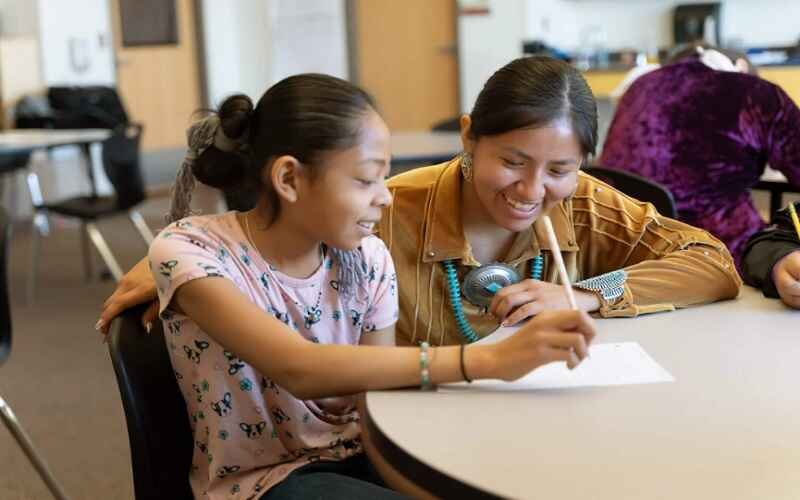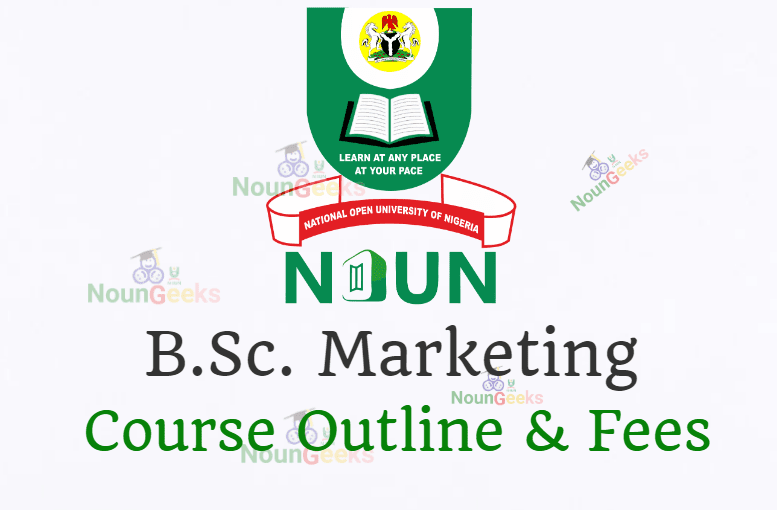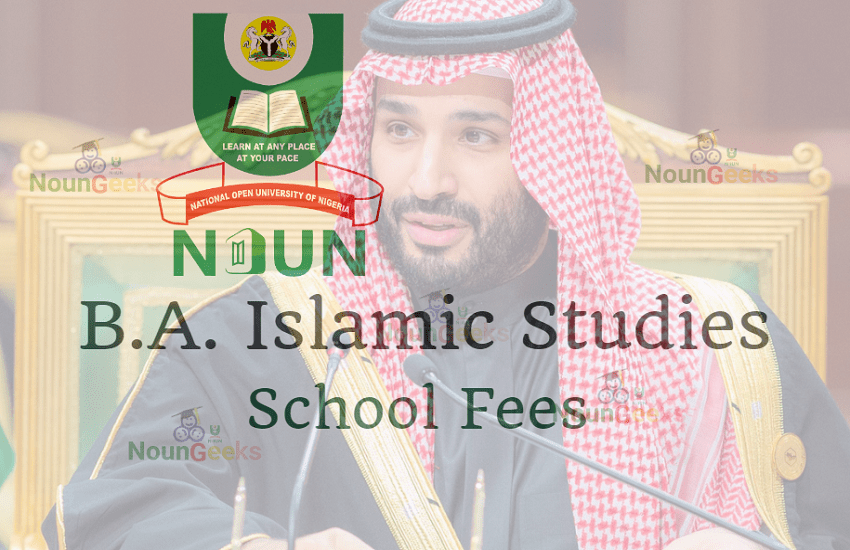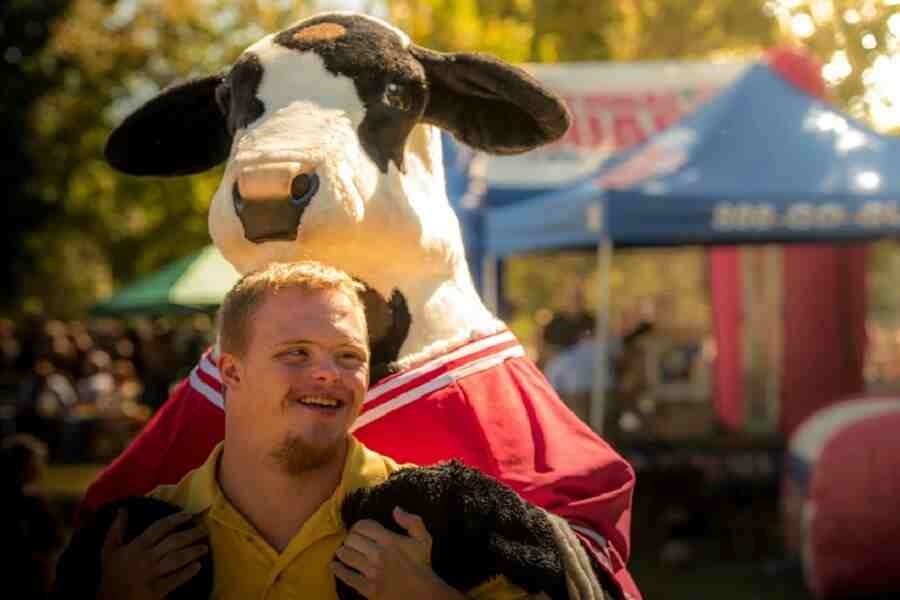

Effective Teaching Strategies for Students with Autism Spectrum Disorder
Understanding Autism Spectrum Disorder
Autism Spectrum Disorder (ASD) is a complex neurodevelopmental condition characterized by a range of symptoms that can affect communication, social interaction, and behavior. It is important to note that autism is considered a spectrum disorder, meaning that its manifestations can vary significantly from one individual to another. This variability encompasses a wide array of abilities and challenges, which influences how students with ASD experience and engage in learning environments.
Some of the core symptoms of autism include difficulties with verbal and non-verbal communication, challenges in forming and maintaining relationships, and repetitive behaviors or restricted interests. For some children, these characteristics may be prominently displayed, while for others, they might be more subtle, leading to a diverse array of educational needs. Students on the spectrum may excel in certain areas such as mathematics or memory but may struggle with skills necessary for classroom interactions or group work.
The communication deficits associated with autism can present significant barriers to learning. Students may find it challenging to understand verbal instructions, interpret social cues, or express their thoughts and feelings. Similarly, social interaction difficulties may hinder collaborative learning opportunities, making it essential for educators to recognize and accommodate these challenges. Behavioral issues, often a response to overwhelming sensory input or changes in routine, can further complicate the educational process.
In light of these considerations, special emphasis must be placed on developing teaching strategies tailored to the unique profile of each student with autism. Recognizing the diverse needs and abilities of these students serves as a foundation for implementing effective educational practices. Understanding the characteristics of ASD is crucial for educators to adapt their pedagogical approaches, ultimately fostering a supportive and inclusive learning environment for all students.
Effective Teaching Strategies for Students with Autism
Teaching students with Autism Spectrum Disorder (ASD) requires a nuanced approach that caters to their unique learning needs. One effective strategy is the use of visual supports, which include charts, diagrams, and pictures. These tools can significantly aid understanding and information retention by providing a visual representation of concepts that may be abstract for the learner. Visual schedules, for instance, can help students predict upcoming activities, reducing anxiety and promoting a smoother transition between tasks.
Another key strategy is establishing structured environments that promote routine and predictability. Students on the autism spectrum often thrive in settings where expectations are clear and consistent. This can be achieved by maintaining a daily schedule that is visibly posted and adhered to in the classroom, allowing students to anticipate what comes next. Predictability fosters a sense of security that is essential for enhanced learning experiences.

Incorporating hands-on activities is also beneficial for engaging students actively in the learning process. Kinesthetic learning opportunities, such as interactive experiments or practical demonstrations, can help concrete thinkers grasp complex ideas more efficiently. This strategy not only captures their interest but also allows them to apply what they are learning in a tangible way, reinforcing the material through experience.
Additionally, it is essential to leverage the strengths and interests of students with autism. Tailoring lessons that align with their specific passions can motivate them to participate more fully in the learning process. By integrating these elements into lesson planning, educators can create an inclusive environment that caters to various learning styles.
Overall, effective teaching strategies for students with autism should focus on visual supports, structured environments, hands-on activities, and personalized approaches that consider individual interests. By integrating these tools and methods, educators can significantly enhance the learning experiences and outcomes for their students with autism.
Behavioral Interventions and Social Skills Development
Behavioral interventions play a crucial role in supporting students with Autism Spectrum Disorder (ASD). Among the most effective methods are Applied Behavior Analysis (ABA) and Positive Behavior Support (PBS). Both of these strategies focus on fostering positive behaviors while addressing the challenges faced by these students in a classroom environment. ABA involves analyzing specific behaviors to develop targeted interventions. This might include reinforcing desired behaviors through incentives or shaping behaviors gradually into more complex forms. Such an approach not only promotes learning but also helps in reducing challenging behaviors that may disrupt the classroom.
Positive Behavior Support, on the other hand, emphasizes proactive strategies to create conducive learning environments. PBS encourages the establishment of clear behavioral expectations and provides frameworks for addressing inappropriate behaviors with understanding and support rather than punishment. This method ensures that interventions are tailored to the individual needs of the students, allowing for better engagement and overall classroom dynamics. The combination of ABA and PBS can significantly enhance the educational experience for students with autism by teaching them effective coping strategies and self-regulation techniques.
In addition to behavioral interventions, social skills development is vital for the integration of students with ASD into their peer groups. Effective social interaction is essential for forming friendships and engaging in team activities. Educators can implement structured social skills training programs, which include role-playing and social stories, to simulate real-life scenarios that encourage communication and empathy. These training programs should focus on teaching essential skills such as recognizing social cues, initiating conversations, and responding appropriately in diverse social situations.
Moreover, peer-mediated interventions can further enhance social skills development. Involving typically developing classmates in social skills lessons helps create authentic opportunities for interaction. By promoting inclusive practices within the classroom, educators not only facilitate better social adaptation among students with autism but also foster a more understanding and supportive peer environment.
Creating an Inclusive Classroom and Collaboration with Specialists
Establishing an inclusive classroom environment for students with Autism Spectrum Disorder (ASD) is crucial for their academic and social development. One of the key components of an inclusive setting is fostering acceptance and understanding among peers. Educators can implement structured activities that promote awareness about autism, emphasizing the strengths and differences among classmates. These activities may include group discussions, role-playing, and collaborative projects, which not only encourage empathy but also cultivate relationships among all students.

Alongside promoting acceptance, adapting teaching methods is imperative to address the diverse learning needs of students with autism. This can involve using visual aids, hands-on activities, and clear, concise instructions to cater to various learning styles. Implementing differentiated instruction strategies allows educators to tailor lessons to individual strengths, fostering an environment where every student feels valued and engaged. Moreover, utilizing assistive technology can enhance learning experiences, helping students with ASD to communicate effectively and access the curriculum more readily.
Collaboration among educators, special education specialists, and parents is another essential element that significantly improves outcomes for students with autism. By working as a cohesive team, they can share insights and strategies that are most effective for each child. Regular meetings, open communication, and shared goals can foster a strong support network that benefits students. Additionally, involving parents in the collaboration allows for consistency between home and school, reinforcing positive behavioral and learning outcomes.
Incorporating resources such as workshops, support groups, and online platforms can further empower teachers and parents in their quest to create inclusive and supportive environments. By sharing successful stories and best practices, we illustrate the potential for growth and achievement among students with autism, inspiring continued efforts towards inclusivity in education.























Post Comment